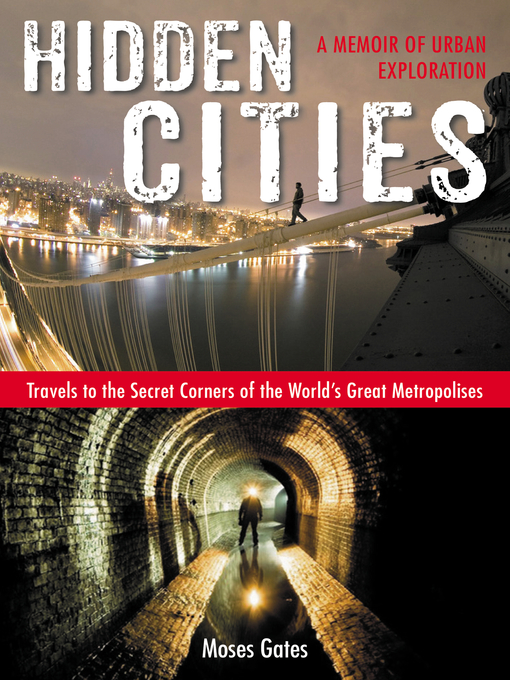Also, exclusive to this e-book, are firsthand accounts from the author's fellow travelers and family.
Gates is a new breed of adventurer for the 21st century. He thrives on the thrill of seeing what others do not see, let alone even know exists. It all began quite innocuously. After moving to New York City and pursuing graduate studies in Urban Planning, he began unearthing hidden facets of the city—abandoned structures, disused subway stops, incredible rooftop views that belonged to cordoned-off buildings. At first it was about satiating a nagging curiosity; yet the more he experienced and saw, the more his thirst for adventure grew, eventually leading him abroad. In this memoir of his experiences, Gates details his travels through underground canals, sewers, subways, and crypts, in metropolises spanning four continents.
In this finely-written book, Gates describes his immersion in the worldwide subculture of urban exploration; how he joined a world of people who create secret art galleries in subway tunnels, break into national monuments for fun, and travel the globe sleeping in centuries-old catacombs and abandoned Soviet relics rather than hotels or bed-and-breakfasts. They push each other further and further—visiting the hidden side of a dozen countries, discovering ancient underground Roman ruins, scaling the Brooklyn, Manhattan, and Williamsburg bridges, partying in tunnels, sneaking into Stonehenge, and even finding themselves under arrest on top of Notre Dame Cathedral.
Ultimately, Gates contemplates why he and other urban explorers are so instinctively drawn to these unknown and sometimes forbidden places—even (and for some, especially) when the stakes are high. Hidden Cities will inspire readers to think about the potential for urban exploration available for anyone, anywhere—if they have only the curiosity (and nerve!) to dig below the surface to discover the hidden corners of this world.




